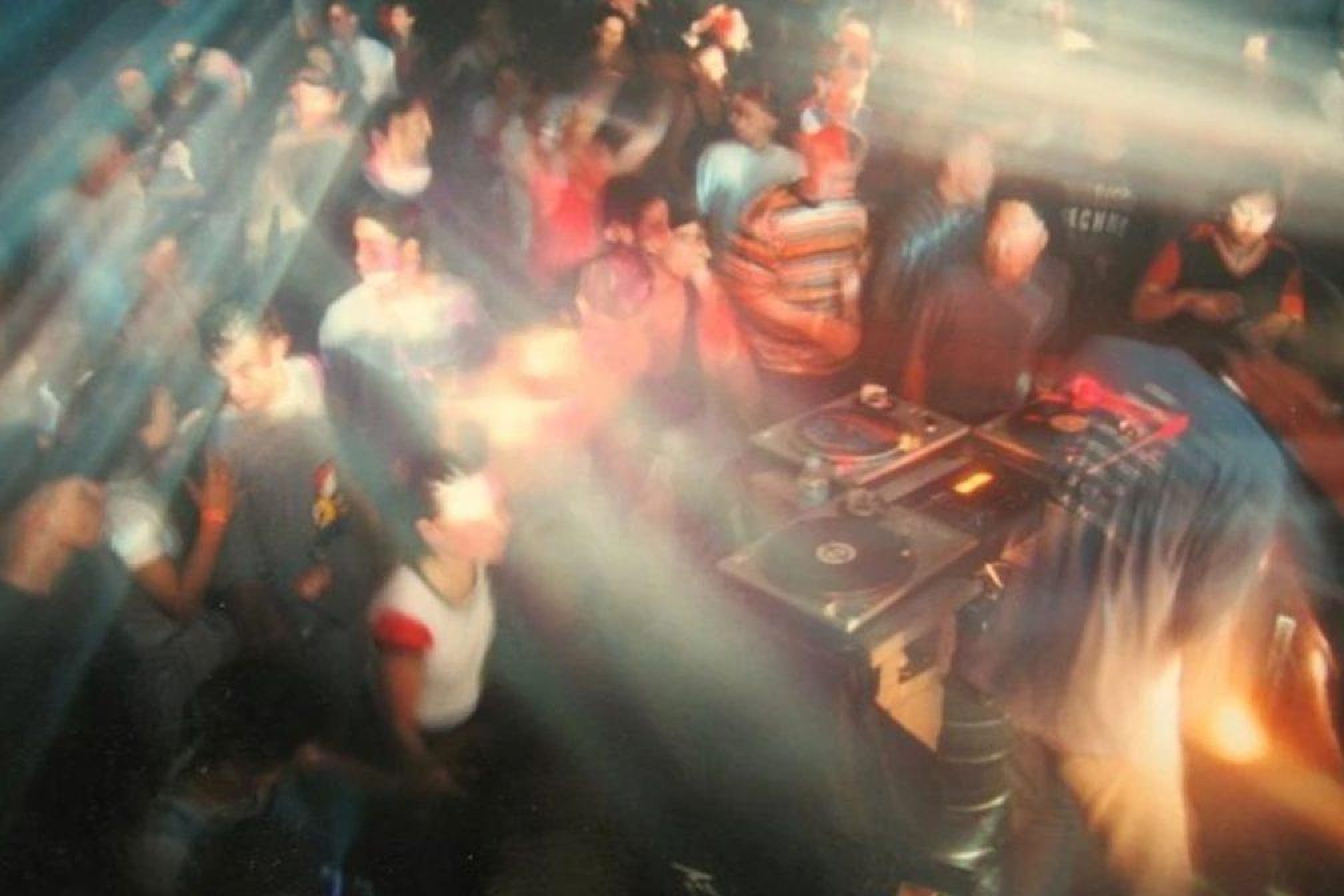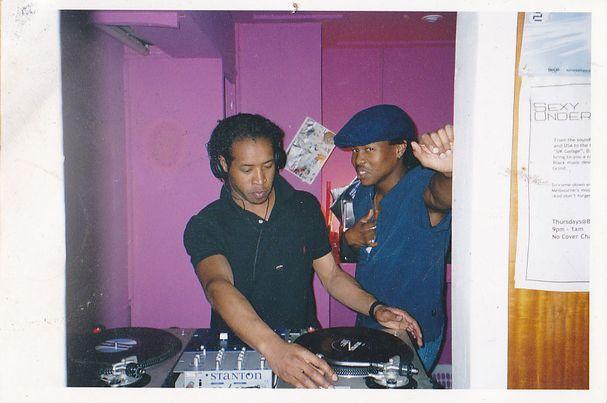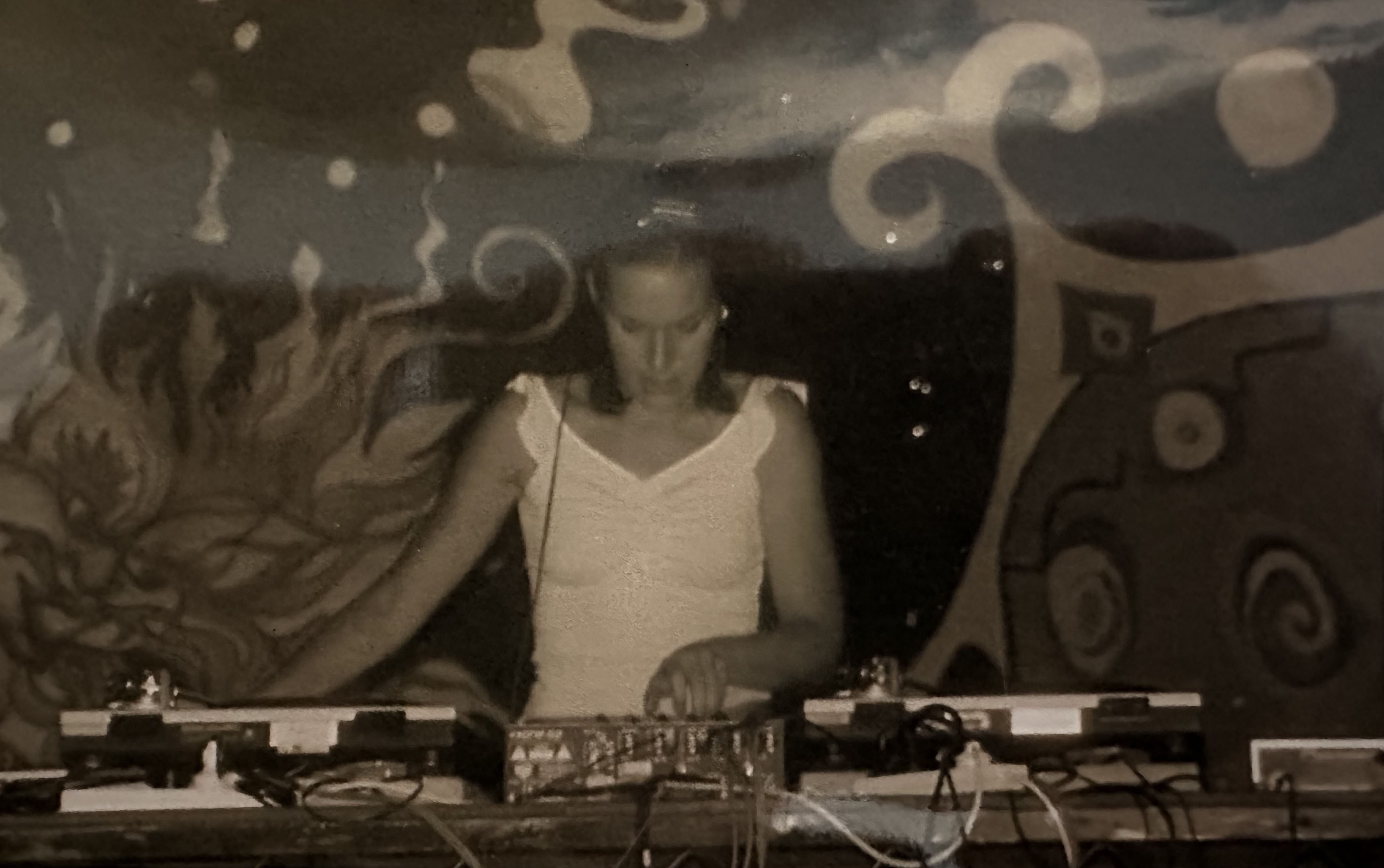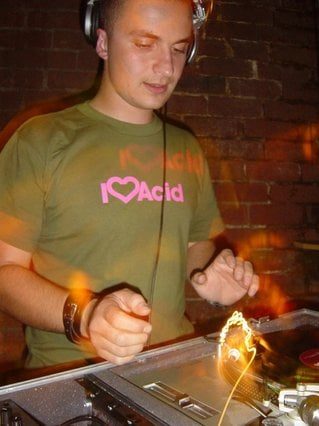 SCENE REPORTS
SCENE REPORTS
Comment: Are the 90s ravers still dancing?
Clubbing isn’t just for the young; it’s for everyone.
Nightlife and clubbing are often viewed as pastimes for the young, typically something you indulge in during your youth when responsibilities are minimal. From the age of 15 (some earlier), many start chasing good times at house parties, raves, or clubs.
Coming from Chicago, I've noticed distinct cultural patterns in nightlife between Australia and the US. Naarm/Melbourne, a world-class city with an amazing music scene, was my introduction to clubbing in 2014 as an exchange student. Australians know how to party, no question.
Now in my 30s, the differences in age demographics at events in Naarm versus cities like Chicago, Detroit, and New York are more apparent. As a DJ attending functions multiple times a week, I’ve observed that the over-30 crowd in Naarm is relatively small.
So, what happened to the '90s ravers? I’ve seen videos of huge crowds from back then and they were getting funky. Assuming some still live in Naarm or Eora/Sydney, do they still go out to dance? Is there an unspoken age limit to partying?
I asked seasoned DJs for their perspectives.
DJ and event curator Chris NG said, “I don’t think it's sustainable to keep partying the way we partied in the 90’s! One of the things I loved while spending time in mostly New York, New Jersey and the Miami Winter Music Conference was the deeper, spiritual and cultural connection to the music, and in particular the dance ritual. It isn’t unusual for some events to be totally dry there.”

Alcohol and drugs play a big role in getting people to dance. I've heard today's drugs are nothing compared to the '90s, but relying on substances for fun isn’t sustainable. Eventually, you have to slow down, especially with a family and full-time job.
Chris continues, “in my opinion the differences are mainly cultural. It's probably unfair to compare Melbourne, which is and has been a great city for culture and dancing, with the likes of NYC, Chicago, and Detroit which essentially birthed the music people all over the world have grown to love. By that I believe the connection to the music and the culture of those cities which originated the sound is coming from vastly different circumstances to a city such as Melbourne which embraced the sound.”
Chicago, Detroit, and New York helped to birth Disco, House, and Techno. These genres and their dance styles are woven into the fabric of those cities and are not just for young people to enjoy. They are cultural practices that can and should be carried into mature age. In Australia, because dance culture is not as prominent, substances have often been relied upon to have fun and release inhibitions. This dependence on drugs and alcohol might explain why people stop frequenting clubs after a certain age.
That said, people over 30 still go out in Australia. However, the number of nightlife venues has significantly decreased, limiting options.
Beloved Aussie DJ JNETT reflects on the dwindling number of clubs: “ In those times there existed a far greater number of iconic clubs with a stronghold on sound, decor and a general individual aesthetic, i.e, the Bombay Rock, Chevron, Chasers, Checkpoint Charlie, the Underground, Inflation, the Metro to name a few. There were certainly many more choices abound!”
The '90s were the wild west of raves in Australia. The culture was taking off, drugs were strong, and underground parties were plentiful. By the early 2000s, things shifted. Electronic music became commercialised, and underground raves became harder to throw. With Covid, we lost many staple venues.

Today, there's more emphasis on huge events like festivals rather than maintaining local music venues. DJ JNETT continues: “I would assume the evolution of the festival and superstar DJ worship may have a part to play in that change? It’s not generally as much of a gathering of friends/strangers dancing and drinking together in a club. - It doesn’t necessarily equate to going out dancing, as it’s more of a show, a spectacle, theater, with thousands of people facing a stage and very often filming, not necessarily just dancing.”
Festivals are amazing, but consistent weekly parties cultivate music communities. DJ JNETT adds: “The expression, the magic of dancing, being free in a dark and anonymous space motivated by a really great club sound system, no mobile phones, no social media etc. Knowing you could head to a space and guarantee you would connect with regulars within that community and all dance your asses off has kind of changed in that way.”
Though Australia's clubbing culture differs from the US, electronic music is global. Dancing has no age limit. Despite fewer venues, there are still several holding events weekly.
Naarm DJ and promoter Matt Radovich says: “At the parties I help put on we get all kinds of age groups, from kids (18-21) just starting to find Techno, to the adults (28-35) that have found Techno and love it. Then, finally we have our mates (45-50+) that grew up with our events and still come and support us. So I guess from my perspective I don’t really see this as too much of a problem, the people I see coming out to our events are all ages, everyone is always welcome and when the party is actually going everyone is getting along fine. For me personally as a punter who will be 50 next year, I’ll go out anywhere as long as it’s the music I want to hear. I wouldn’t be put off by the age of the people around me.”

While mature age clubbing isn’t common in Australia, it exists. Age shouldn’t stop you from dancing. Substances might be less central to the experience, but if you love the music and people, it won't matter.
So, get out there and dance! Clubbing isn’t just for the young; it’s for everyone.
-
Crissy “Mothafunk” Collins is a DJ, journalist, self-proclaimed Black music historian and host on Naarm’s Triple R FM. Find her on Instagram.


